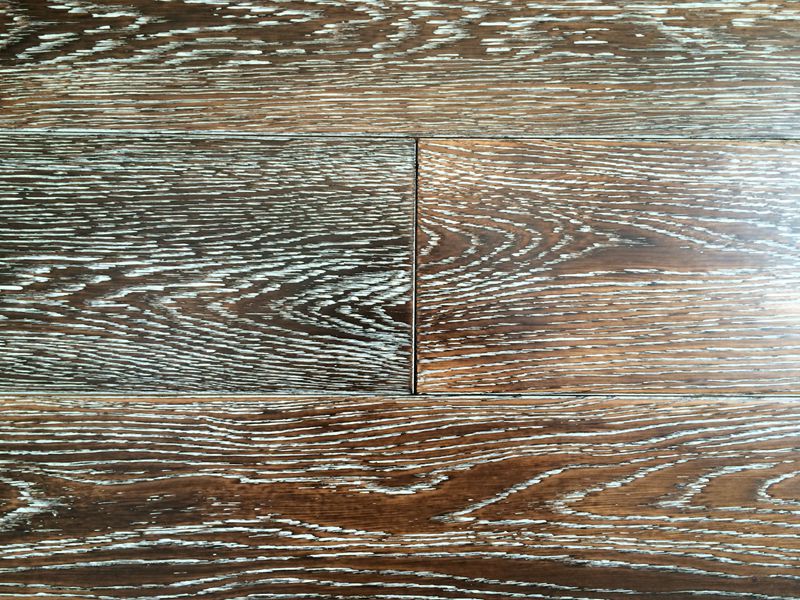engineered wood flooring top layer thickness
Nevertheless, if you've got under floor heating (uhf), 21/6 thick engineered wood flooring is not a good option for you. on the other hand, a 15/4 thick plank is 15 mm thick and has a 4 mm thick top layer. and it is this 4 mm thick solid oak top layer that determines the number of times your floor can be re-sanded.. So what is engineered wood flooring and how does it differ from solid wood flooring? engineered flooring consists of a top layer of solid wood — the veneer. this ranges in thickness depending on the quality of the flooring, but is typically between 3-7mm, although thicknesses of up to 15mm are available.. Higher-end, best quality engineered hardwood that has a good 2-6 mm thick top veneer layer that can be sanded and refinished over time (similar to solid wood) and can last between 40-80 years; engineered hardwood with a thinner veneer cannot be refinished and generally will not last longer than 30 years.. engineered wood flooring top layer thickness
Engineered hardwood floors. they make engineered hardwood flooring by laminating a solid hardwood veneer on top of a plywood base or similar material. the veneer is a slice of wood, usually about a 1/8-inch (3.18 mm) thick, glued to the plywood base.. An engineered floor is constructed using an inner core made up of anywhere from 3 to 12 cross layers of plywood (typically made of hardwood, birch or pine) which are glued and pressed together. a layer of the desired decorative wood species is then fused on top of this inner core..
